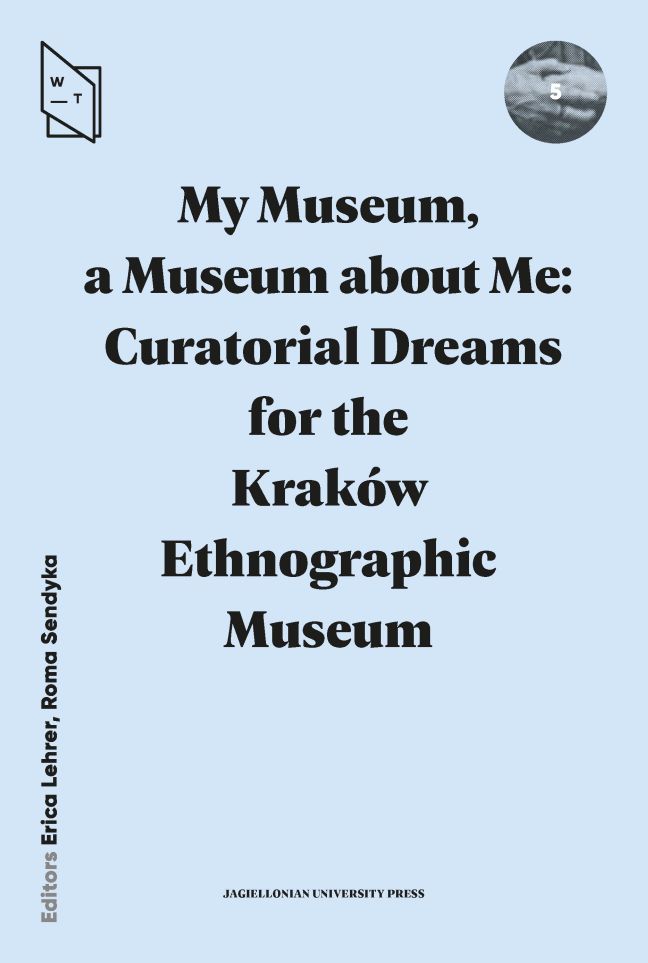Caduca, or Es(cheat)ed Legacy
Published online by Cambridge University Press: 01 March 2024
Summary
1. THE OBVIOUS, THE DISCLOSED
“If you say ‘heritage,’ on the whole everyone knows what you are referring to. It is something from the past that has some value.” Heritage presented in this conciliatory, common meaning has a distinct connection with the experience of “the obvious, what is disclosed and not hidden.” Heritage connects us to the past—being in this respect one of the forms taken by memory. And it connects us together: one needs the plural pronoun “we” to confirm the sense of certainty provided by heritage. It is in this way that a certain reflexivity of heritage is instantiated and produced: it is both a mnemonic device that a community uses to help it remember, and a tool for producing the very community that remembers. So, at stake in this self-affirmative circle of positive valuation is nothing other than self-identity.
Talking about heritage, we indicate very diverse phenomena, with which we can identify with, but which we also want to explore and evaluate constantly, looking for a reference point for our contemporary times
—writes Andrzej Szczerski, curator of the exhibition #dziedzictwo presented at the National Museum in Kraków (2017). Heritage, by means of the mechanism of synecdoche, defines the whole of which it is a part. Selected objects and practices of the few can therefore become a source for identity building for a whole society or nation. Heritage is also organized by the related means of metonymy based in turn on the mechanism of association or proximity. “Association” explains the inclusion of objects from various communities into the heritage of a completely different community. Cases such as today's contested colonial ethnographic collections, illustrate this mechanism of appropriation.
The community-driven, identity-laden and only apparently self-evident project of heritage is then above all an act of “positive reinforcement” in the process of group individualization. At first glance, heritage seems to be both intentional and volitional: we want something to be our heritage, we carefully and consciously choose remnants from the past—after all it is “our” image “we” are constructing.
- Type
- Chapter
- Information
- My Museum, a Museum about MeCuratorial Dreams for the Kraków Ethnographic Museum, pp. 81 - 92Publisher: Jagiellonian University PressPrint publication year: 2023

